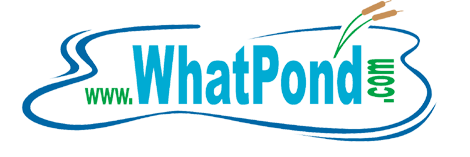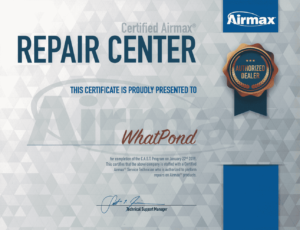Click the image or title for detailed information on each product or read below for more details.
[wp_eStore_category_products_fancy id=15 style=5]
All Habitat Structure and Fish Feeding Stations are made from recycled material helping our environment by going Green by not adding waste to out planet and help restore lost or missing fish habitat to enhance our ponds and lakes fish growth. Why buy minnows every year when you can give the a place of refuse?
Fish Feeding Stations:
Convert nutrients into fish food by providing surface area to grow fish food naturally. These products are designed to provide massive feed stations to grow forage for predators. Artificial fish habitat products providing protection and ongoing food source indefinitely.
Units can be installed by hanging from piers, docks, rafts, etc., suspended off lake bottom at any desired depth or free-floating within entire water body from surface to any depth.
We add a completely natural blend of diatom enhancing minerals and we guarantee this mixture is not being duplicated anywhere in the world. We do not add carbon, because it’s rarely limiting, but we focus on all the key minerals that may be in short supply in some waterways.
Habitat & Structure
Habitat and structure is the key to a balanced Eco-system. Fish move to shallow water to build beds, nests and spawning areas. Here the fry are hatched, beginning immediately to find cover or get eaten. Tight dense habitat provides fry with small areas to get into and grow. Here they find larva and insects feeding on the algae. Like any infant, they need protection from the elements and danger.
Growing forage in your lake or pond is your own stocking program. You can feed and grow more big fish if you provide enough food. The size of the food dictates how big the fish can grow. Ample shallow habitat allows fish to survive longer, growing larger before heading out to deep water. Once fish reach the three to five inch size, they become a good meal for a bass or other predator fish. Large enough to survive to maturity, or make a great meal.
Replace the fine, woody habitat along your shoreline that has rotted away with artificial habitat that lasts forever. Clusters offline, flexible and dense cover like the Cradle model grow algae fast to feed the baby fry. Set shallow cover adjacent to known spawning areas or to replace weeds and vegetation that have been removed. Protect your fry by allowing the habitat to break the waters surface in some areas. This keeps any fish from swimming above a feeding on your fry.
Placing these artificial habitat structures can be a little tricky once they are in the water and placement is critical whether you are creating a line to keep each structure close enough for the fish cover or creating communities using three structures placing them in a triangle 3 to 5′ apart check out the Structure Spot markers.
[wp_eStore_category_products_fancy id=15 style=5]

